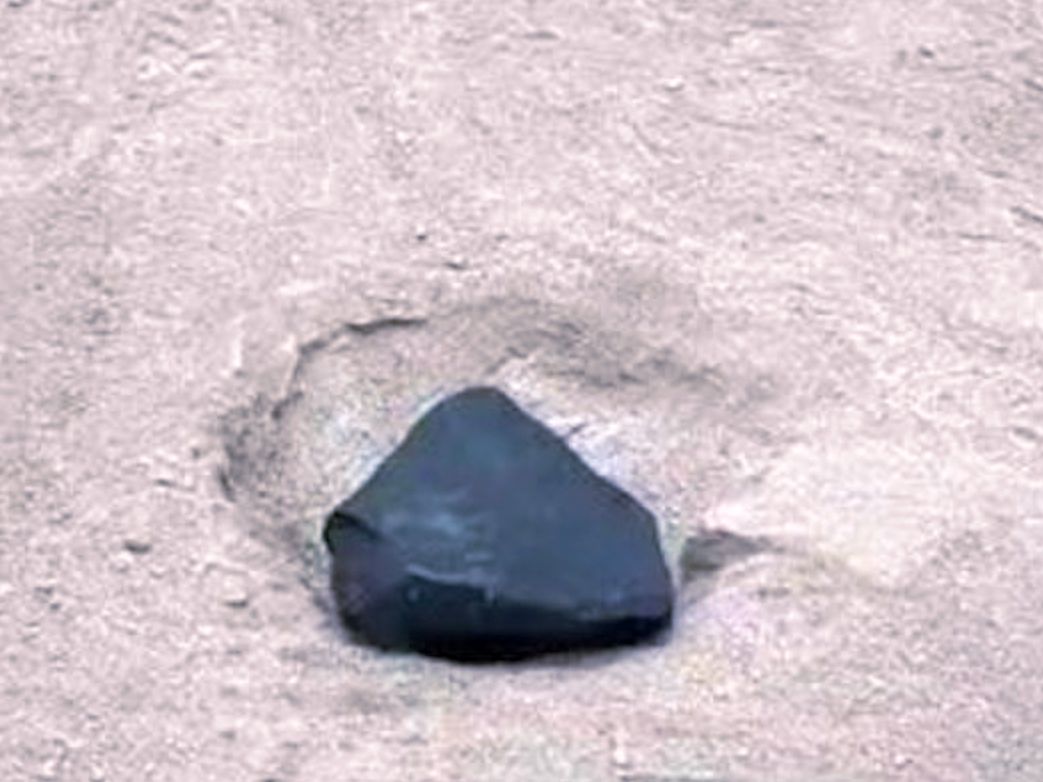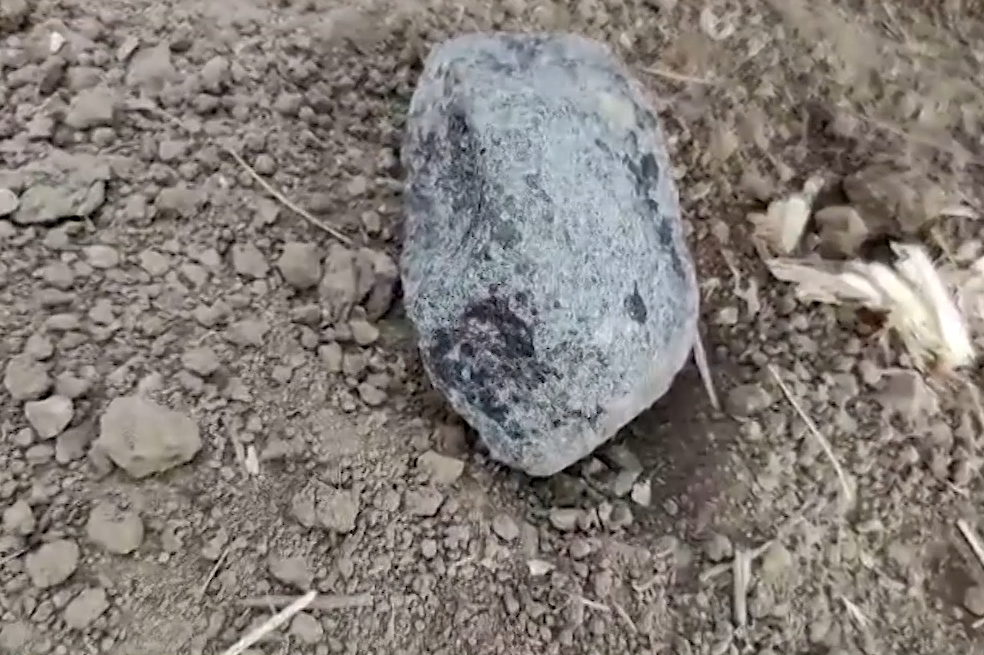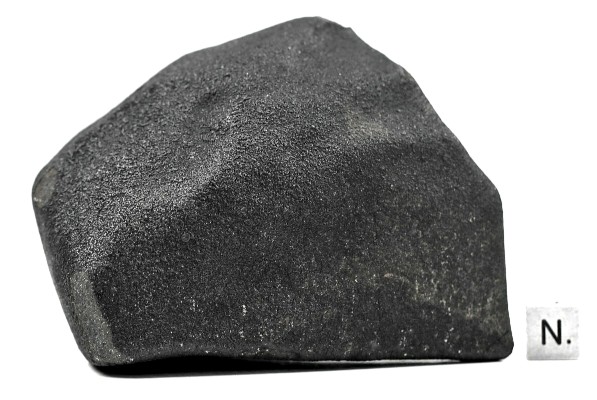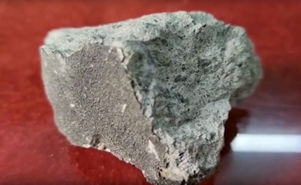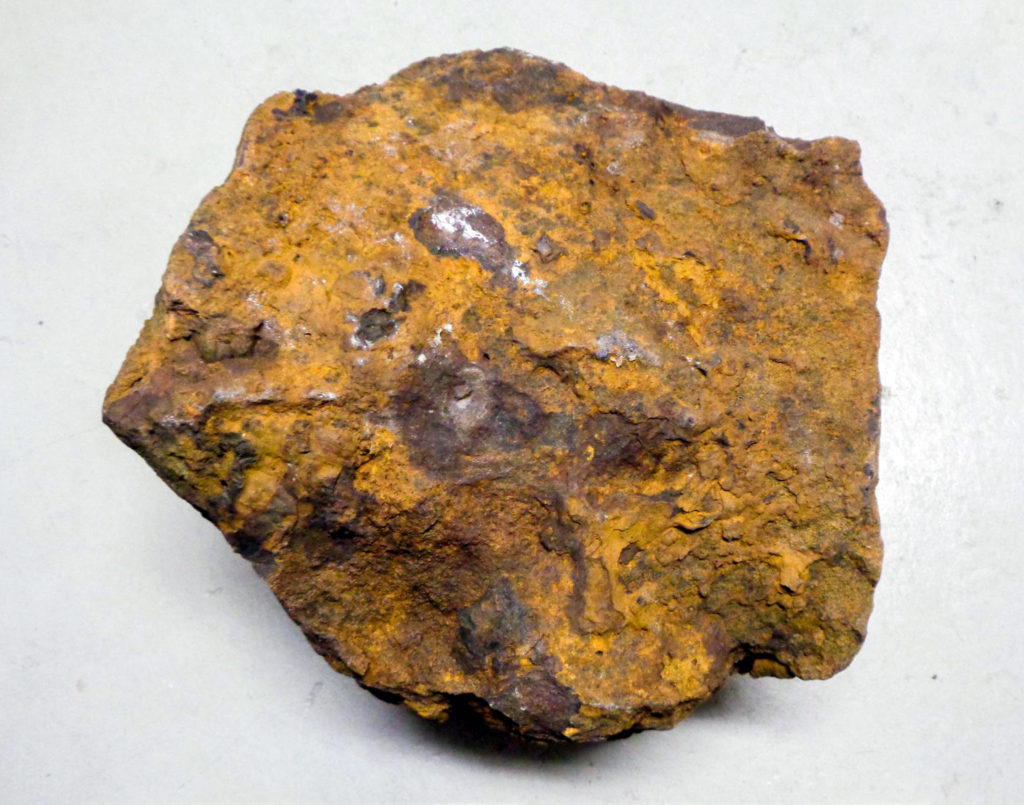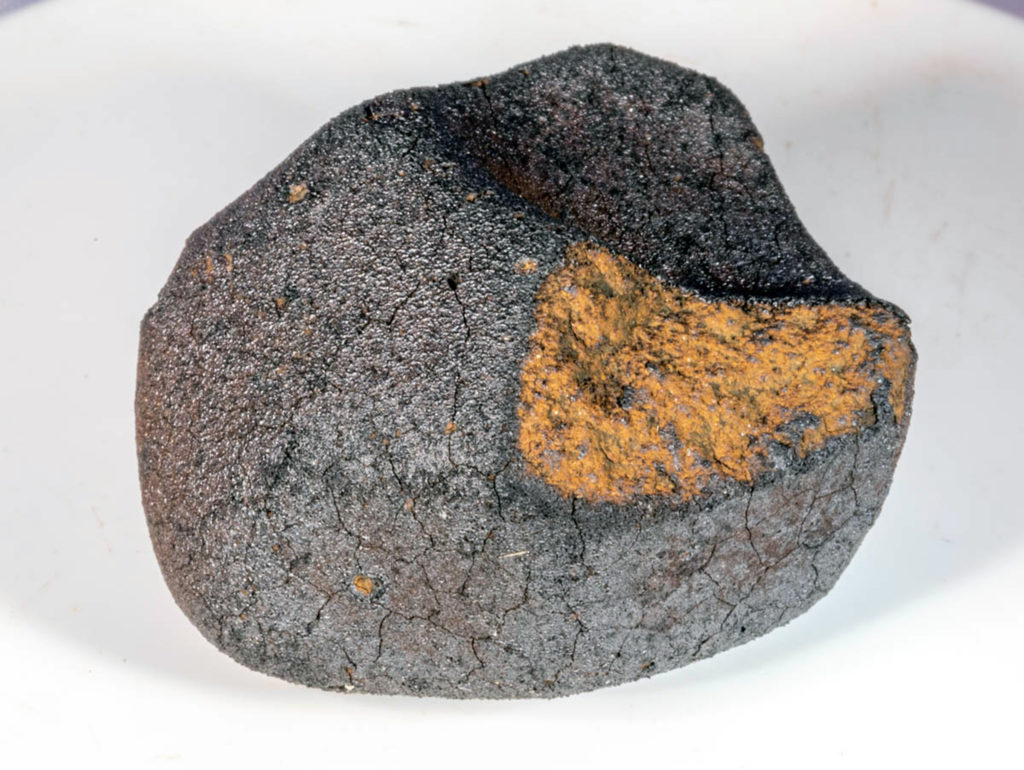Analysis and interpretation of organic compounds in Martian meteorites with Raman imaging and chemometrics
Leire Coloma, Julene Aramendia, Jose Manuel Amigo, Iratxe Población, Fernando Alberquilla, Giulia Gorla, Jennifer Huidobro, Imanol Torre-Fdez, Gorka Arana, Juan Manuel Madariaga
Spectrochimica Acta Part A: Molecular and Biomolecular Spectroscopy
Volume 338, 5 October 2025
Accepted 6 April 2025, Available online 9 April 2025, Version of Record 11 April 2025.
“Highlights
- Raman spectroscopy alone cannot identify or distinguish between different organic compounds in a mixture.
- PCA and MCR erase the identification of the number of components in the mixture and in obtaining the pure spectrum.
- The combination of Raman spectroscopy with Chemometrics is a good method to identify organic compounds in mixtures.”
“One of the focuses of the research being developed on Mars (and consequently in samples from Mars) is the detection and study of organic compounds. Perseverance rover, currently analysing the Martian surface, is equipped with top-level instrumentation to detect mostly organic molecules. One of the techniques being used is Raman spectroscopy, due to its capability to analyse both inorganic and organic compounds simultaneously and its non-destructive and non-invasive properties. Unfortunately, it becomes cumbersome to determine the belonging of specific Raman bands in complex mixtures composed of an undetermined number of organic and inorganic molecules. Therefore, the study of this mixed information must be carried out with dedicated Chemometrics methods in order to understand the number of compounds present in a mixture (using Principal Component Analysis – PCA) and to obtain the pure spectra and the relative intensity of each compound (using spectral unmixing methods like Multivariate Curve Resolution – MCR). This manuscript presents an analysis of specific areas from the NWA 6148 Martian Nakhlite using Raman imaging, coupled with principal component analysis (PCA) and multivariate curve resolution (MCR), to determine the spatial distribution and spectral signatures of all organic and inorganic molecules present in these areas. The proposed methodology could be applied to the laboratory study of the future Mars-returned samples and other extraterrestrial samples returned to Earth.”

